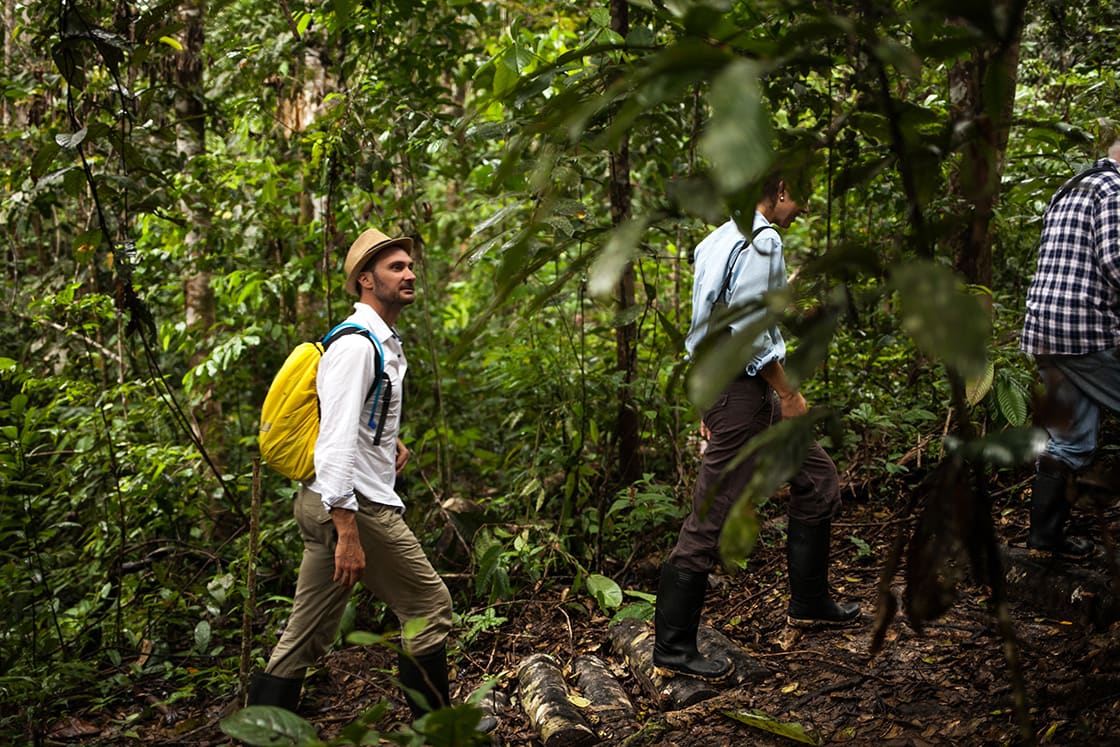Preserving Rainforest Paradises: Engaging in Conservation Efforts in Tropical Wildernesses
March 20, 2024

Preserving rainforest paradises is crucial for maintaining biodiversity, mitigating climate change, and sustaining indigenous cultures. Engaging in conservation efforts in tropical wildernesses requires a multi-faceted approach involving various stakeholders.

Here are some strategies:
- Research and Monitoring: Understanding the biodiversity, ecological processes, and human impacts within rainforests is essential. Investing in research and monitoring programs helps identify key conservation priorities and assess the effectiveness of conservation actions.
- Protected Areas: Establishing and effectively managing protected areas. Such as national parks, wildlife reserves, and indigenous territories is vital for safeguarding rainforest ecosystems. These areas provide habitat for a diverse array of species and can serve as buffers against deforestation and other human pressures.
- Sustainable Land Use Practices: Promoting sustainable land use practices such as agroforestry, sustainable logging, and eco-tourism. They can help alleviate pressure on rainforest habitats while providing economic opportunities for local communities. Supporting certification schemes like Forest Stewardship Council (FSC) for timber products and Rainforest Alliance for agricultural products ensures that these practices meet certain environmental and social standards.
- Community Engagement and Empowerment: Involving local communities, including indigenous peoples, in conservation efforts is crucial. Recognizing and respecting their traditional knowledge and rights to land not only strengthens conservation outcomes but also contributes to social equity and cultural preservation.
- Policy and Advocacy: Advocating for policies that prioritize rainforest conservation at local, national, and international levels is essential. This includes advocating for stronger enforcement of environmental regulations, incentives for conservation-friendly practices, and measures to address the underlying drivers of deforestation. Such as agricultural expansion and infrastructure development.
- Education and Awareness: Raising awareness about the importance of rainforest conservation and the impacts of deforestation among the general public, policymakers, and businesses is key. Education programs, outreach campaigns, and media coverage can help foster a greater appreciation for rainforest ecosystems and inspire action to protect them.
- International Cooperation and Funding: Collaboration among governments, NGOs, research institutions, and businesses on a global scale is necessary to address the complex challenges facing tropical wilderness conservation.
- Climate Change Mitigation: Recognizing the role of rainforests in mitigating climate change. Efforts to reduce greenhouse gas emissions and support initiatives like REDD+ (Reducing Emissions from Deforestation and Forest Degradation) are crucial. Preserving intact rainforest ecosystems helps sequester carbon dioxide and maintain climate resilience.
Conclusion
By employing these strategies in a coordinated and holistic manner, we can work towards preserving rainforest paradises for future generations. Ensuring the survival of these invaluable ecosystems and the myriad species that call them home.
While using BNESIM you can promote a deeper understanding and appreciation of traveling in wilderness. BNESIM provides eSIM plans which let travelers contribute to the preservation of natural habitats. By reducing the amount of garbage generated by the tourism sector.